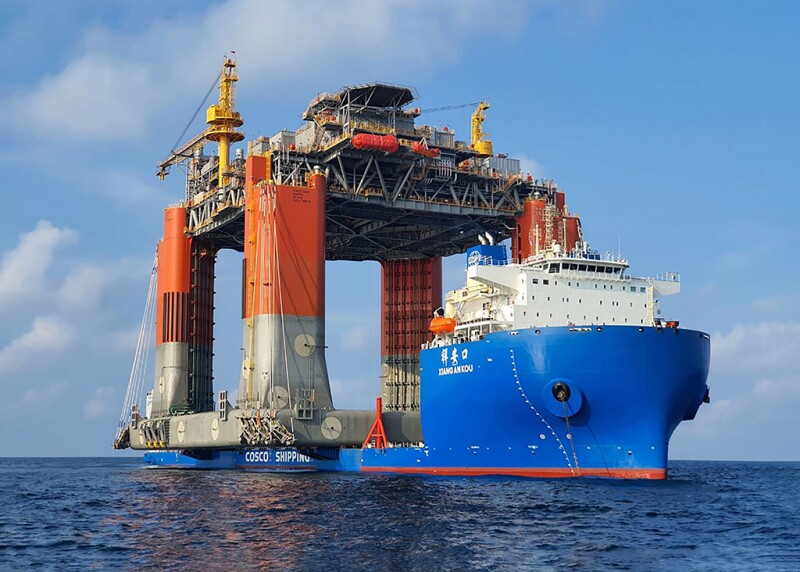Offshore oil and gas companies have been told for years that when it comes to delivering on megaprojects, they’re not doing that great of a job.
The experts have pilloried piecemeal approaches to contracting and scheduling, blaming them for cost inefficiencies and delays.
Analysts have raised concerns that the various teams involved are too siloed, or not brought into the fold at the right time. And lamented on from many a conference podium are the rarely realized benefits of standardization.
However, two recent case studies from different sides of the Atlantic suggest that large offshore producers have paid heed to these issues. At this year’s Offshore Technology Conference (OTC) in Houston, Equinor and Murphy Oil Corp. shared details about their latest multibillion‑dollar projects.
In separate conference papers the companies said they avoided overengineering new production systems by trying to borrow the blueprints from existing facilities.


